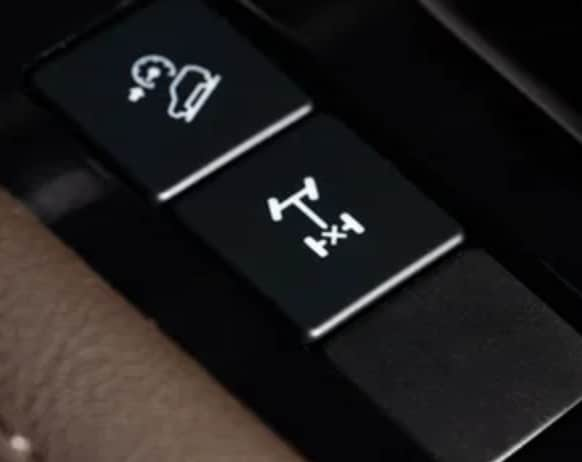

Normally, when you're driving down an even road, the differential allows each wheel to rotate at different speeds as needed—such as when turning corners. However, when faced with uneven surfaces where one wheel might lose contact or grip, this very feature can backfire by sending power predominantly to the spinning wheel that's lost traction. Enter locking differentials; they override this default mechanism by ensuring that both wheels receive equal power simultaneously. This simple yet effective adjustment prevents one side from slipping uselessly while the other struggles for grip.
Consider the scenario of off-roading over a rocky trail or attempting to maneuver through deep snow or sand. In these instances, having locking differentials is akin to having a safety net under your tires—a reassurance that your vehicle can distribute torque efficiently even if conditions are far from ideal. Especially valuable in used vehicles that may not come equipped with modern electronic traction aids found in newer models, mechanical locking differential systems serve as reliable backups that require minimal intervention once engaged.
Moreover, opting for vehicles equipped with such features adds versatility and value—a smart consideration for used vehicle owners looking not just for daily commutes but also weekend adventures into less trodden paths. Even if rock-crawling isn't part of your immediate plans, knowing that your car has enhanced capabilities when needed offers peace of mind and potential savings on towing expenses should unforeseen circumstances arise.
As more people seek outdoor escapes and recreational explorations increase in popularity post-pandemic times; understanding vehicle features like locking differentials becomes essential knowledge rather than mere technical jargon reserved only for auto enthusiasts or professional drivers—it’s about preparedness and maximizing what you have under your garage roof.